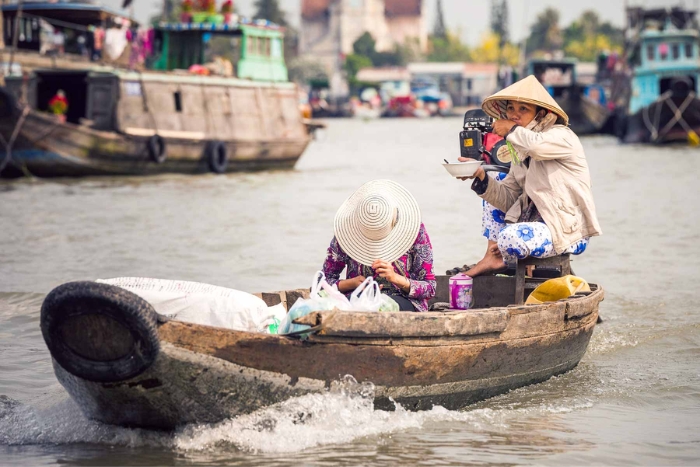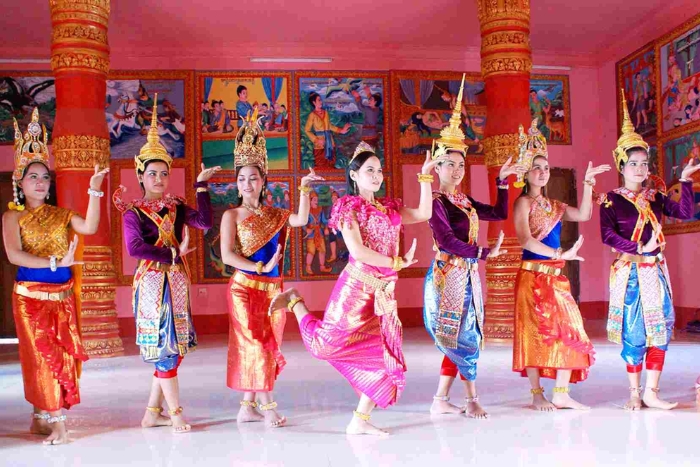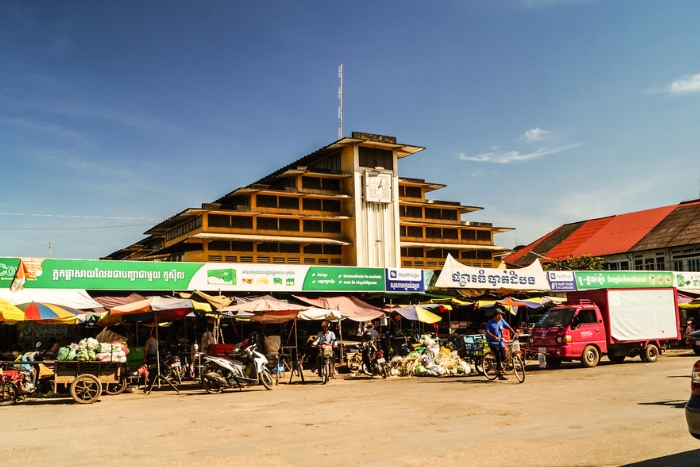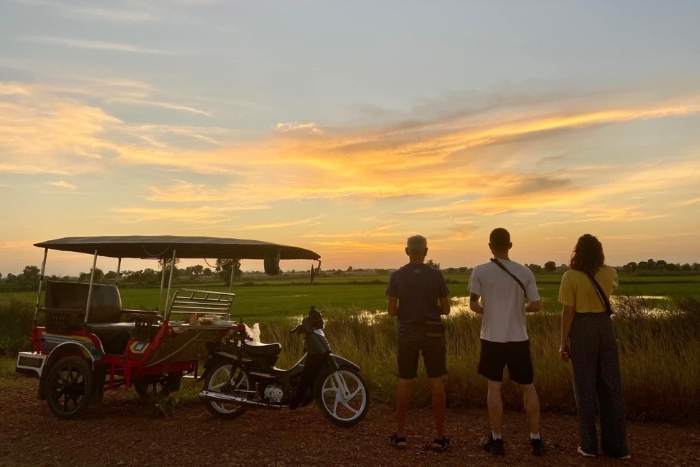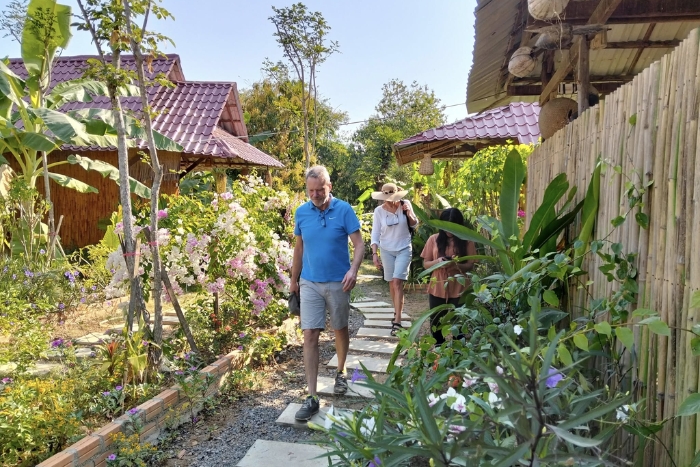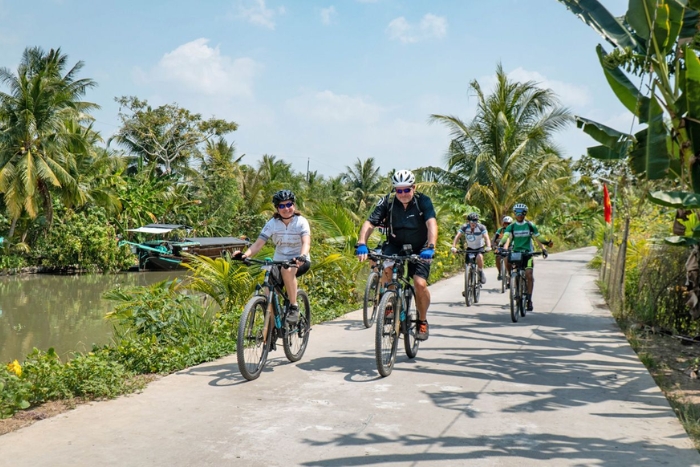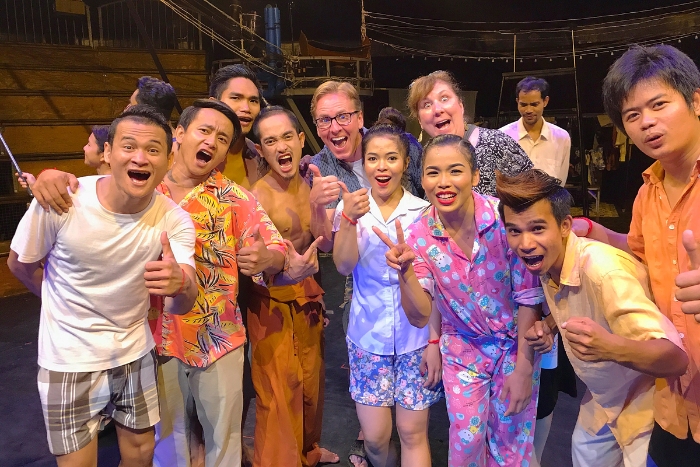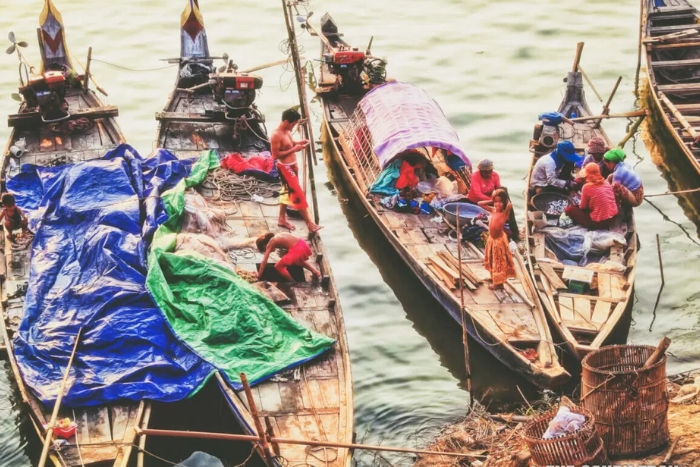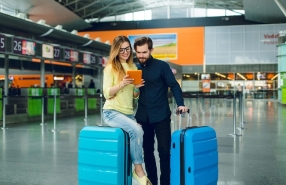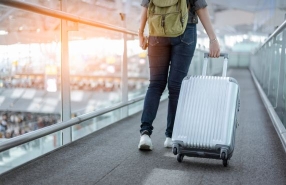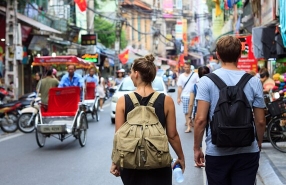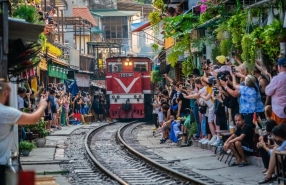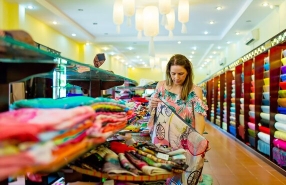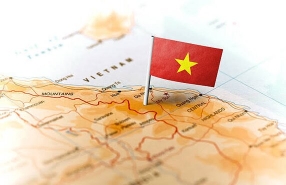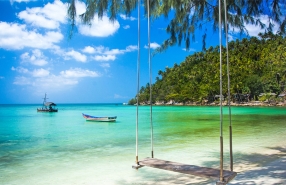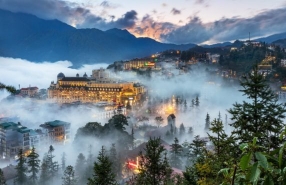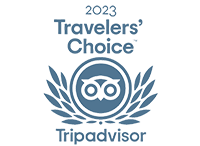
Located in western Cambodia, Battambang is often overshadowed by more popular tourist destinations such as Siem Reap or Phnom Penh. However, this peaceful city, crossed by the Sangker River, offers an authentic glimpse into Khmer culture. Beyond its temples and rice fields, it is the Battambang locals, the ethnies of Battambang, and their everyday lifestyle that make this city truly special. This article explores local life in Battambang and gives insight into how to live like a local in Battambang, as experienced with Autour Asia.
How to live like a local in Battambang?
I. The Character of Battambang Locals
The people of Battambang are known for their kindness, modesty, and deep sense of hospitality. In this tranquil province, life flows slowly, in tune with the seasons and daily rituals. Residents lead a simple lifestyle, close to nature and centered around family. It is not uncommon to be greeted with a sincere smile, or even invited to taste a local dish while passing by a countryside home.
How to live like a local in Battambang? Most families rely on agriculture or small-scale local trade for their livelihood. Their days often begin at dawn - around 5 a.m. - with a visit to the market to buy fresh produce or sell homegrown vegetables. They then return to their activities: rice cultivation, tending to animals, or preparing meals. In the late afternoon, people gather in front of their homes, chatting quietly, drinking tea, or watching the children play.
Observing these daily scenes offers a deeper understanding of local life in Battambang. Staying in a local guesthouse, learning to cook traditional dishes such as amok or bai sach chrouk, or even helping with daily chores, provides meaningful ways to engage with the community. These immersive experiences not only offer a genuine appreciation for Cambodian culture but also create heartfelt connections with the families of the region.
II. The Ethnies of Battambang
1. Who are the ethnies of Battambang?
Battambang is often recognized for its colonial heritage, lush rice fields, and ancient temples. However, its unique identity also stems from its diverse population. While the majority are Khmer, several other ethnic groups live together harmoniously in the province, including Vietnamese, Sino-Khmer, and Muslim Chams.
The Sino-Khmer community, present for generations, plays a significant role in the local economy. Many own shops or wholesale businesses in Battambang’s city center. Their influence can be seen in the cuisine - with fermented sauces, stir-fried noodles, and fragrant broths - as well as in the architecture of old merchant houses. Chinese temples and discreet household altars reflect their cultural presence.
The Vietnamese mainly live around the lakes and rivers, sometimes in floating homes. They are involved in fishing, vegetable farming, and small-scale commerce. Their culinary traditions, Tết celebrations, and language remain vibrant within their community, though many also speak Khmer.
The Chams, a small Muslim minority with roots in the ancient Champa kingdom, live in distinct villages where mosques, Quranic schools, and traditional attire are part of everyday life. Religious practices, community solidarity, and the transmission of ancestral knowledge form the core of their social structure.
2. Cultural Exchange Among the Ethnies of Battambang
This peaceful coexistence has helped shape the character of the Battambang locals who are tolerant, open to diversity, and proud of their roots. Daily interactions among these communities take place in markets, schools, public festivities, and religious ceremonies. While mixed marriages are rare, they do occur, and many children grow up speaking multiple languages from an early age.
Understanding how to live like a local in Battambang can be deepened by spending time in the neighborhoods of these different communities. It might involve preparing meals with a Sino-Khmer family, attending prayer in a Cham village, or enjoying a Vietnamese dinner on a floating home at sunset. These encounters reveal the cultural richness of the ethnies of Battambang and make it possible to experience local life in Battambang from multiple perspectives - genuine, human, and profoundly enriching.
III. How to live like a local in Battambang ?
Discovering how to live like a local in Battambang means embracing a peaceful lifestyle rooted in tradition and a close connection with nature. Several aspects of daily life offer visitors a chance to experience true cultural immersion.
1. Experiencing the morning rhythm of local markets
From the early hours, the markets of Battambang come alive in a warm and bustling atmosphere. Phsar Nath Market, located in the city center, is a symbolic place where one can immediately sense the character of Battambang locals - hardworking, friendly, and deeply connected to community life. Fresh products, spices, rice, fish from Tonlé Sap Lake, and typical dishes like bai sach chrouk or noodle soups are found here. This daily scene reflects the essence of local life in Battambang and the social ties that unite the residents.
2. Exploring surrounding villages by tuk-tuk
Just outside the city center, the landscapes quickly transform - endless rice fields, sugar palm trees, hidden temples, and traditional Khmer houses. Visiting artisanal villages reveals local craftsmanship, such as rice paper making, weaving, or pottery. These experiences allow a deeper understanding of rural living and the everyday efforts of Cambodian families, while also respecting the modest yet welcoming nature of Battambang locals.
3. Sharing everyday life in a homestay
Many families open their homes to travelers seeking a more personal experience. In these homestays, guests can join in on meals, cook with the host family, discover Buddhist rituals, or even help with farming activities. These simple moments foster direct contact with the ethnies of Battambang, while respecting their customs. Oral traditions, reverence for elders, and strong family solidarity form the foundation of this experience.
4. Adapting to the slow-paced afternoons on a bicycle
As the afternoon heat settles in, daily activities slow down. This calm period is ideal for cycling or walking through the peaceful outskirts of the city. Renting a bike offers the chance to explore rice paddies, charming alleyways, and hidden temples beneath tree canopies.
These quiet journeys reveal snapshots of local life in Battambang: villagers tending their fields, children playing in the countryside, and fruit sellers heading to market. Residents often enjoy a moment of rest under a tree or on a mat at home, while children play nearby and adults prepare the evening meal.
5. Discovering the local artistic life
Battambang is also known as a center of the arts. The Phare Ponleu Selpak school, established after the war, trains young artists in circus performance, theatre, music, and visual arts. Attending a show or visiting the school offers a glimpse into another layer of the region: creativity as a tool for resilience. This cultural element enriches the understanding of how to live like a local in Battambang, especially through the younger generation’s efforts to share and uplift their community.
6. Meeting the different ethnic communities
Although some communities live more discreetly, such as the Chams or the Sino-Khmers, it is possible to explore the cultural richness of the ethnies of Battambang through their religious celebrations, cuisine, and traditional dress. Visiting a Cham Muslim village or a Chinese temple offers insights into the region’s diversity. These exchanges foster mutual curiosity, respect, and highlight the harmonious coexistence that defines local life in Battambang.
For travelers seeking to explore
how to live like a local in Battambang, organizations such as Autour Asia,
Cambodia Travel Agency, offer personalized experiences.
Beyond its picturesque scenery and colonial heritage, Battambang reveals its true charm through the diversity of its people. The peaceful coexistence between the different ethnies of Battambang - Khmer, Vietnamese, Chinese, and Cham - deeply influences the identity of Battambang locals and makes every encounter meaningful. Embracing these multiple identities leads to a genuinely human experience. To understand how to live like a local in Battambang is also to learn to value shared traditions, mutual respect, and the sincere hospitality that defines this vibrant province.
Why is Battambang a unique cultural destination?
Thanks to the diversity of the ethnies of Battambang and the welcoming character of its people, the province offers an authentic glimpse into local cultures. Every neighborhood, market, and village tells a living story shaped by exchange and tradition - making local life in Battambang truly special for those who want to understand how to live like a local in Battambang.
How to live like the locals in Battambang?
To understand how to live like a local in Battambang, it is enriching to take part in local activities such as traditional cooking, cultural celebrations, or immersive homestays. These experiences offer a deeper connection to local life in Battambang and help reveal the genuine values of Battambang locals.


